Back to Courses
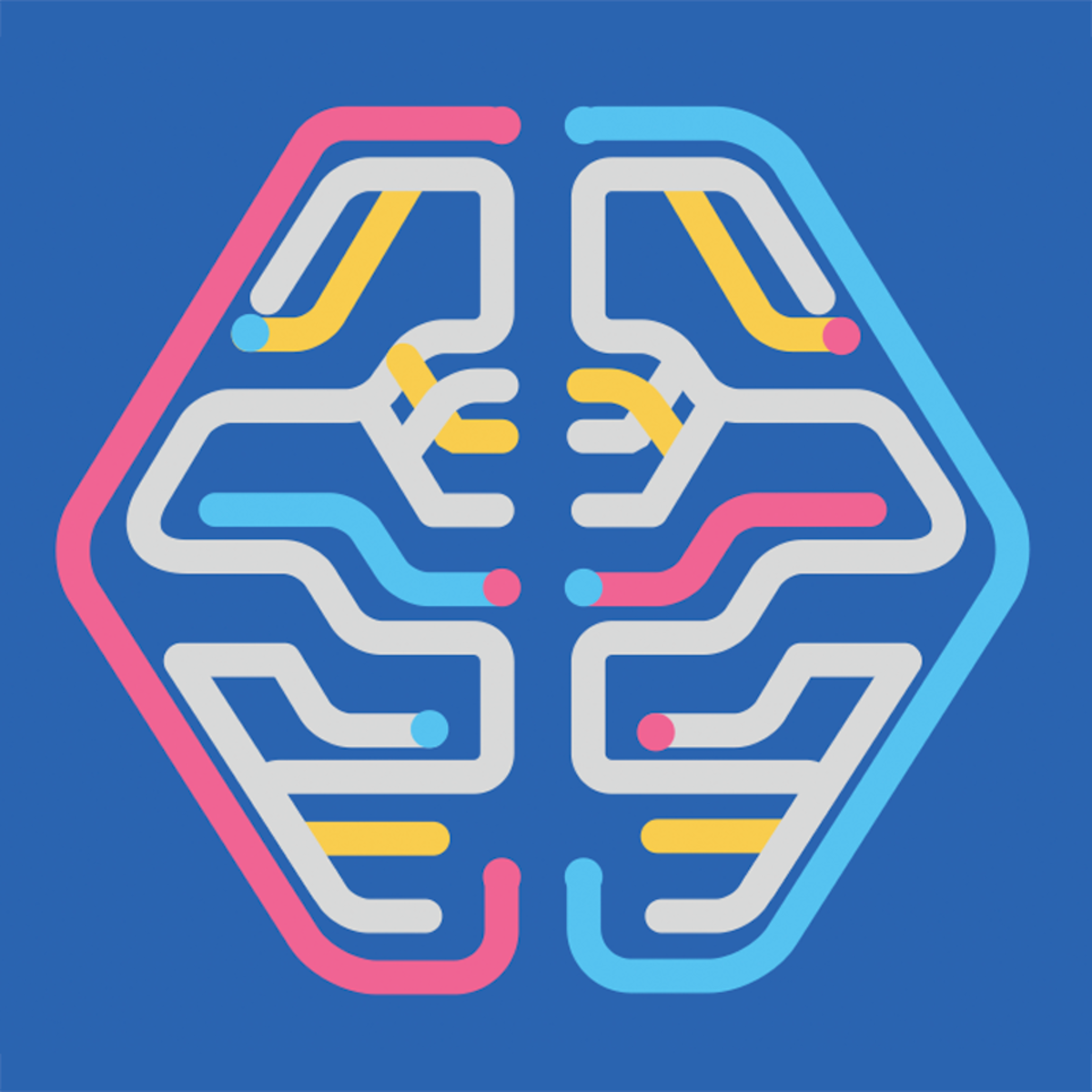

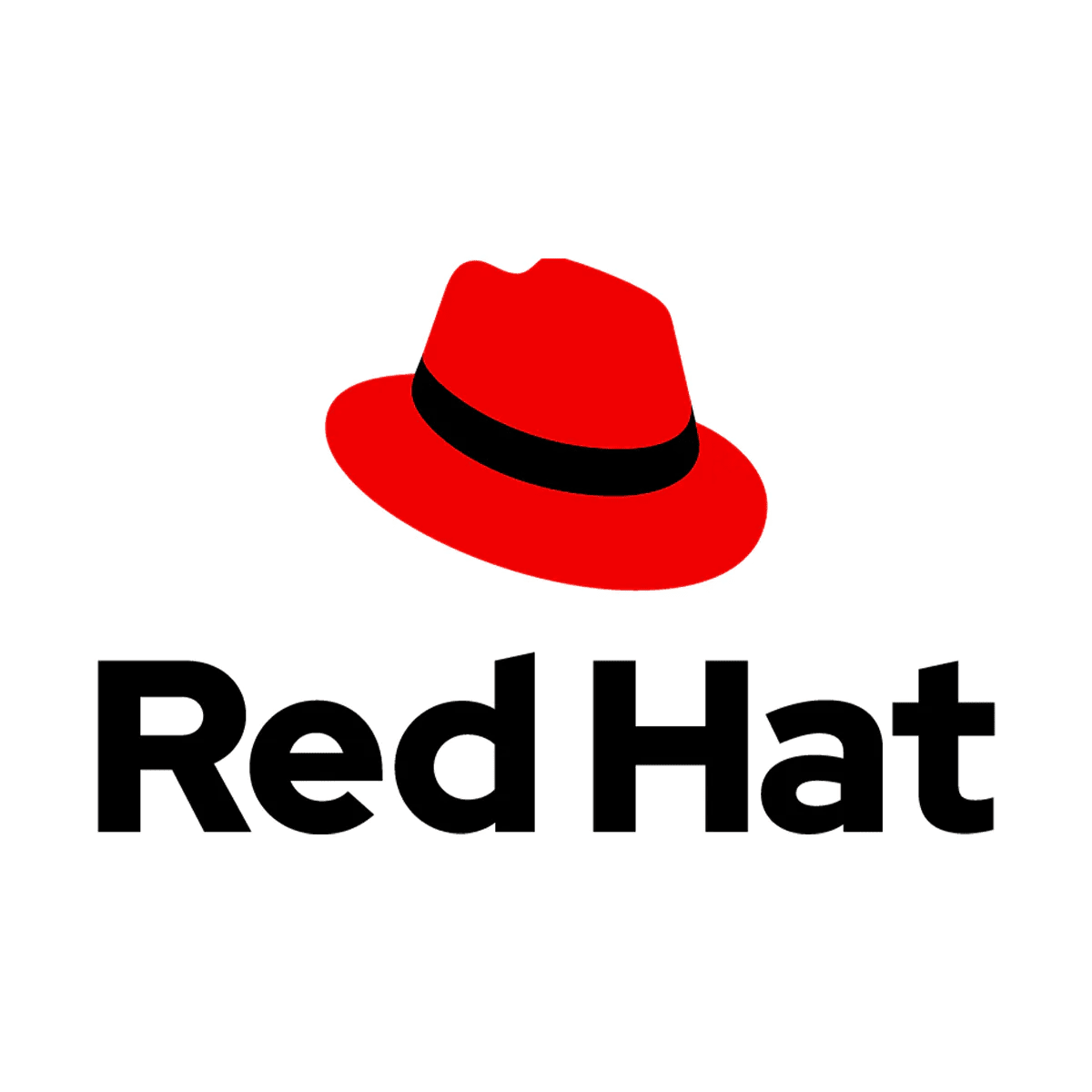
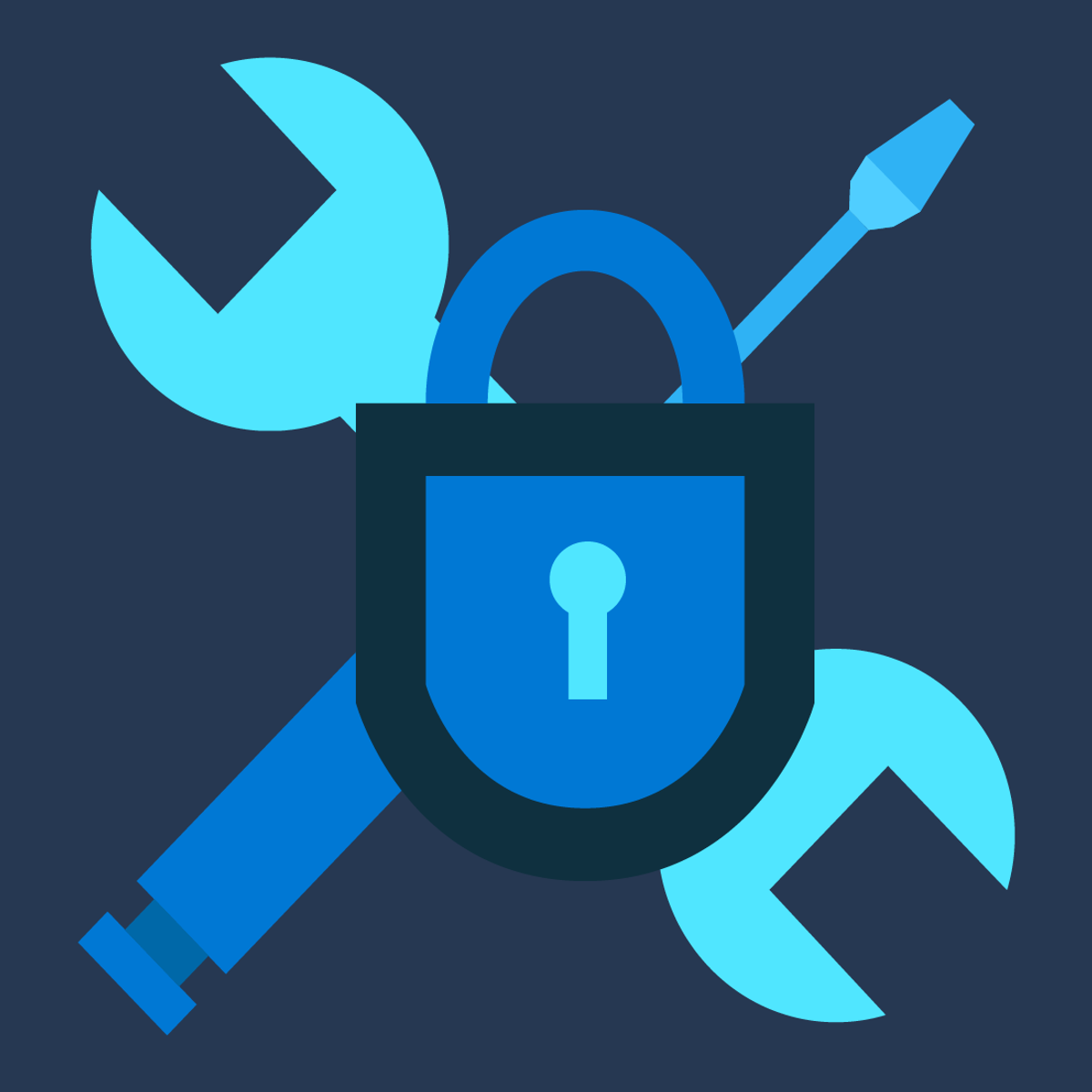


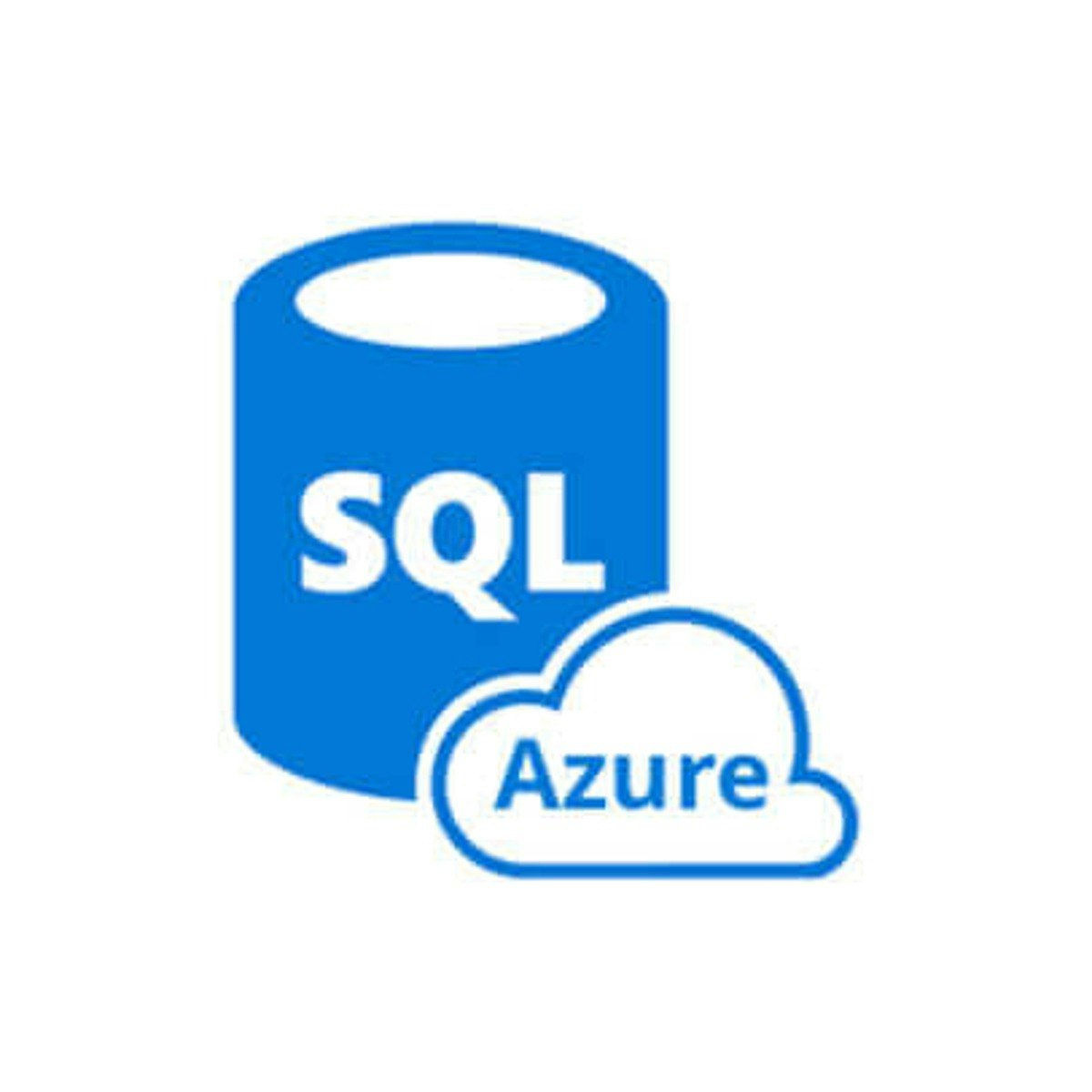

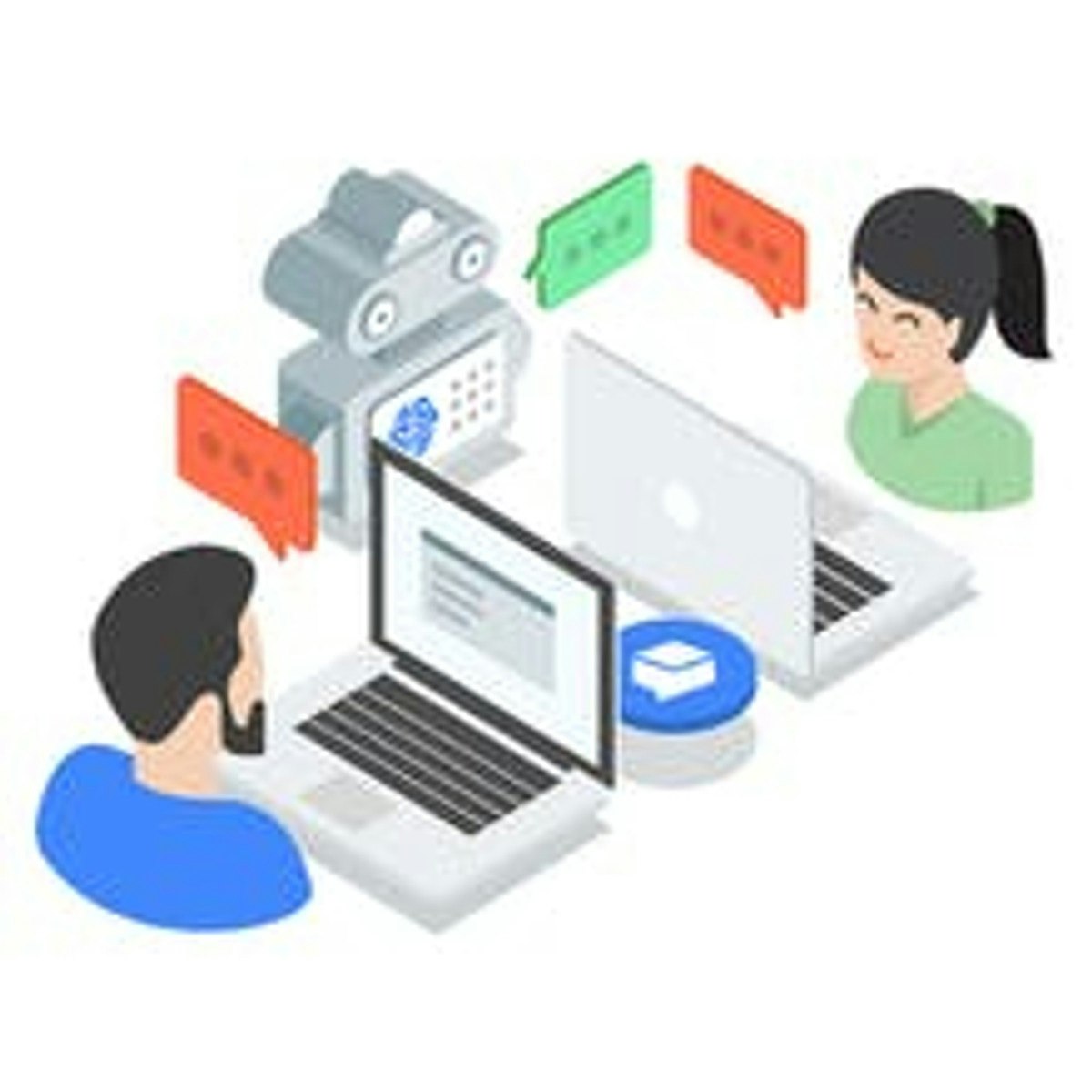
Cloud Computing Courses - Page 31
Showing results 301-310 of 930

Hello Cloud Run
This is a self-paced lab that takes place in the Google Cloud console. In this lab you'll learn how to get started with Cloud Run by deploying and running a stateless container serverless-ly (with the infrastructure abstracted away).

How Google does Machine Learning
What are best practices for implementing machine learning on Google Cloud? What is Vertex AI and how can you use the platform to quickly build, train, and deploy AutoML machine learning models without writing a single line of code? What is machine learning, and what kinds of problems can it solve?
Google thinks about machine learning slightly differently: it’s about providing a unified platform for managed datasets, a feature store, a way to build, train, and deploy machine learning models without writing a single line of code, providing the ability to label data, create Workbench notebooks using frameworks such as TensorFlow, SciKit Learn, Pytorch, R, and others. Our Vertex AI Platform also includes the ability to train custom models, build component pipelines, and perform both online and batch predictions. We also discuss the five phases of converting a candidate use case to be driven by machine learning, and consider why it is important to not skip the phases. We end with a recognition of the biases that machine learning can amplify and how to recognize them.

Android Mobile Lifecycle and Software Development Approaches
Learn how to manage the lifecycle and data collections of mobile applications. Compare different methodologies for organizing and architecting Android applications and the implications on code quality and team velocity. You will follow the lifecycle activities of fragments from the source of generation and learn how to respond. You will do this by reviewing the Android lifecycle.
You’ll review and apply different types of Kotlin user interface (UI) interactivity from user input handling to gestures. You’ll get to practice different aspects of working with data in an Android application and you’ll build out a lifecycle and data.

Managing Cloud-native Applications with Kubernetes
Managing Cloud-native Applications with Kubernetes (DO100b) is designed for IT professionals without previous cloud application deployment experience to learn basic Kubernetes skills. This course is the second course of a three-course specialization. In this specialization, you will run, deploy, and test containerized applications with zero-downtime releases.

Microsoft Azure Management Tools and Security Solutions
Microsoft Azure offers a wide range of services to deploy your applications. To keep control of your environment and to make deployments easier, it also offers a wide array of management tools and services. In this course, you will be introduced to these tools and services and you will be asked to help choose the best one for a given business scenario.
Some modules cover software development processes and services. You will learn about cloud monitoring solutions for your applications and infrastructure. As well as picking the right Microsoft Azure management tool depending on your technical needs. When you have completed this course, you will be able to choose the right serverless compute technology, Azure IoT service, or Azure Artificial Intelligence service.
Having a good security strategy is essential in today's digital world. Every application and service, whether on-premises or in the cloud, needs to be designed with security in mind. Security needs to happen at the application level, at the data level, and the network level.
You will learn about the various Microsoft Azure services you can use to help ensure that your cloud resources are safe, secure, and trusted. When you have completed this course, you will be able to identify security threats in Microsoft Azure, make security recommendations, and detect and respond to events using security and event management. From a developer perspective, you will look at how to secure your secrets and ensure that they are not exposed.
You will also examine network security scenarios such as firewalling, network security groups, and protecting yourself from distributed denial of service attacks. You will learn how to build a complete network security solution that brings all these tools together to secure your Microsoft Azure deployments and resources.
When you have completed this course, you will be able to choose the best Microsoft Azure tools and services for a given business scenario. You will also be able to describe how to protect the workloads that you run both in the cloud and in your on-premises datacenter.
This beginner-level course is suitable for IT personnel who are just beginning to work with Microsoft Azure and want to learn about Microsoft Azure offerings and get hands-on experience with the product.
This course can help you prepare for AZ-900: Microsoft Azure Fundamentals exam. This is the second course in a four-course program that prepares you to take the AZ-900 certification exam. This course teaches you the core concepts and skills that are assessed in the Microsoft Azure management tools, and security solutions exam domains.
To be successful in this course, you need to have basic computer literacy and proficiency in the English language. You should be familiar with basic computing concepts and terminology, general technology concepts, including concepts of networking, storage, compute, application support, and application development. You should also be familiar with the concept of application programming interfaces, or APIs. It is beneficial to have a high-level familiarity with relevant Microsoft products such as Dynamics 365 and Office 365.

Transcoding HTTP/JSON API calls to gRPC through API Gateway
This is a self-paced lab that takes place in the Google Cloud console.
In this lab you learn how to set up an API Gateway to manage access to gRPC APIs by using HTTP/JSON transcoding. Transcoding involves mapping HTTP/JSON requests and their parameters to gRPC methods, parameters and return types. Once API transcoding is properly configured, you will secure access to the API by requiring an API Key to retrieve data.

Getting Started with Elasticsearch on Google Cloud
This is a self-paced lab that takes place in the Google Cloud console.
In this lab you will create a simple Elasticsearch deployment leveraging Google Cloud Platform.

Implement a Relational database in Azure SQL database
In this 1 hour long project based course,you will learn to create an azure account and implement an azure sql database.You’ll get to know various purchasing models and select the one that suits best in accordance with your needs. You will learn to use Azure cloud based query editor and change the firewall settings to whitelist your IP. You will also learn to Use SSMS(SQL Server Management Studio) to connect and query Azure SQL Database.Also, you will learn to write a few queries to create tables and insert values.Finally you will also learn to add new users to an azure sql database.
It is recommended that you know basic concepts on SQL and relational data concepts. But even if you don’t have this background knowledge, you’ll be able to complete the project.

IoT (Internet of Things) Wireless & Cloud Computing Emerging Technologies
IoT (Internet of Things) devices are already abundant, but new products that include IoT modules are now a common trend. Also, almost everything is already connected to a Cloud, and much more will be in the future. Naturally, as this trend continues, in the near future almost all devices and appliances will include IoT modules which will use sensor data collection and control/management based on Clouds. Since we will live in an IoT world supported by Clouds, knowledge of the core technologies and platforms of IoT and Clouds will enable you with the tools to become a true leader in the future product and business world. In this course, the start-of-the-art IoT and wireless networks and Cloud technologies are introduced (for details on 1G to 5G mobile communications and smartphone and smart device technology, please take my course “Smart Device & Mobile Emerging Technologies”). This course ends with projects that teach how to analyze Bluetooth and W-Fi wireless networks and setup and use an EC2 (Elastic Compute Cloud) Virtual Computer in AWS (Amazon Web Service), which is the most powerful and popular Cloud technology in the world. Comparing to the human body, IoT is the neural network and the Cloud is the brain. Thus, I cordially welcome you into the brain and neural network of the future intelligence world!

Virtual Agent Development in Dialogflow CX for Citizen Devs
Welcome to "CCAI Virtual Agent Development in Dialogflow CX for Citizen Developers", the second course in the "Customer Experiences with Contact Center AI" series.
In this course, learn how to develop customer conversational solutions using Contact Center Artificial Intelligence (CCAI). In this course, you'll be introduced to adding voice (telephony) as a communication channel to your virtual agent conversations using Dialogflow CX.
This is an intermediate course, intended for learners with the following types of roles:
• Conversational designers: Designs the user experience of a virtual assistant. Translates the brand's business requirements into natural dialog flows.
• Citizen developers: Creates new business applications for consumption by others using high level development and runtime environments.
• Software developers: Codes computer software in a programming language (e.g., C++, Python, Javascript) and often using an SDK/API.
Prerequisite: Before taking this course, learners should have completed the "CCAI Conversational Design Fundamentals" course.
